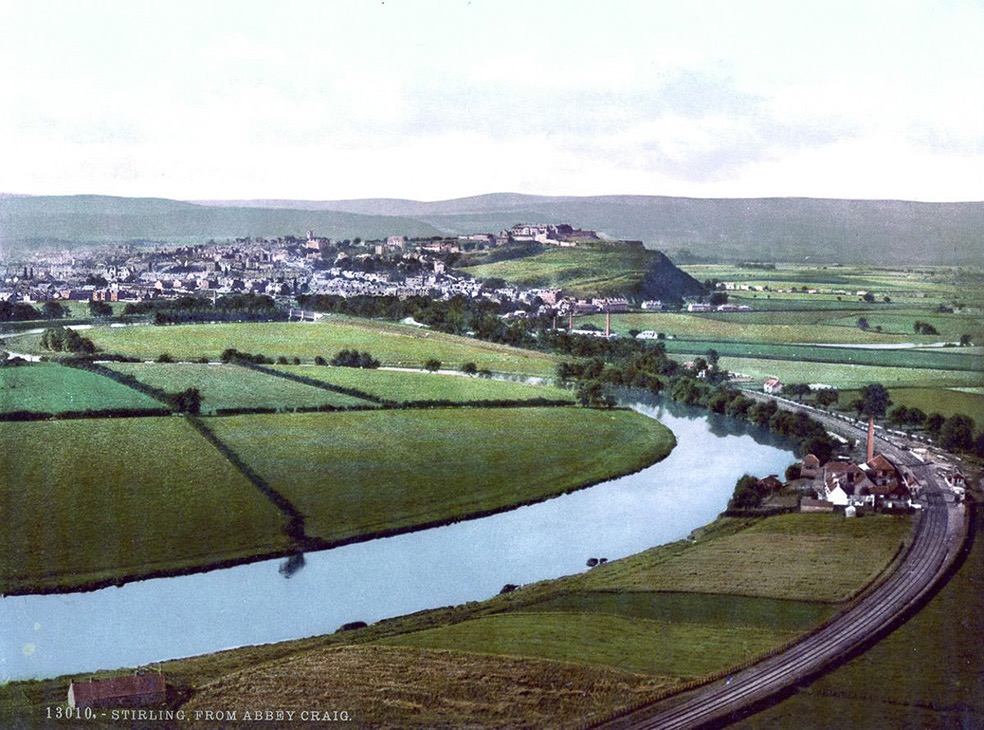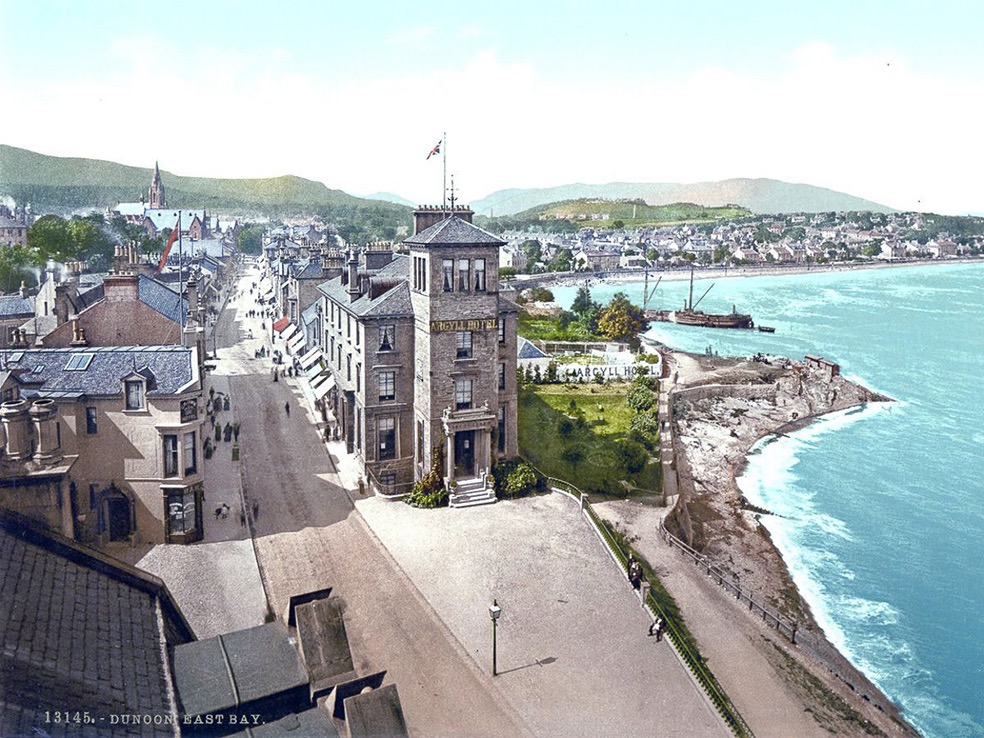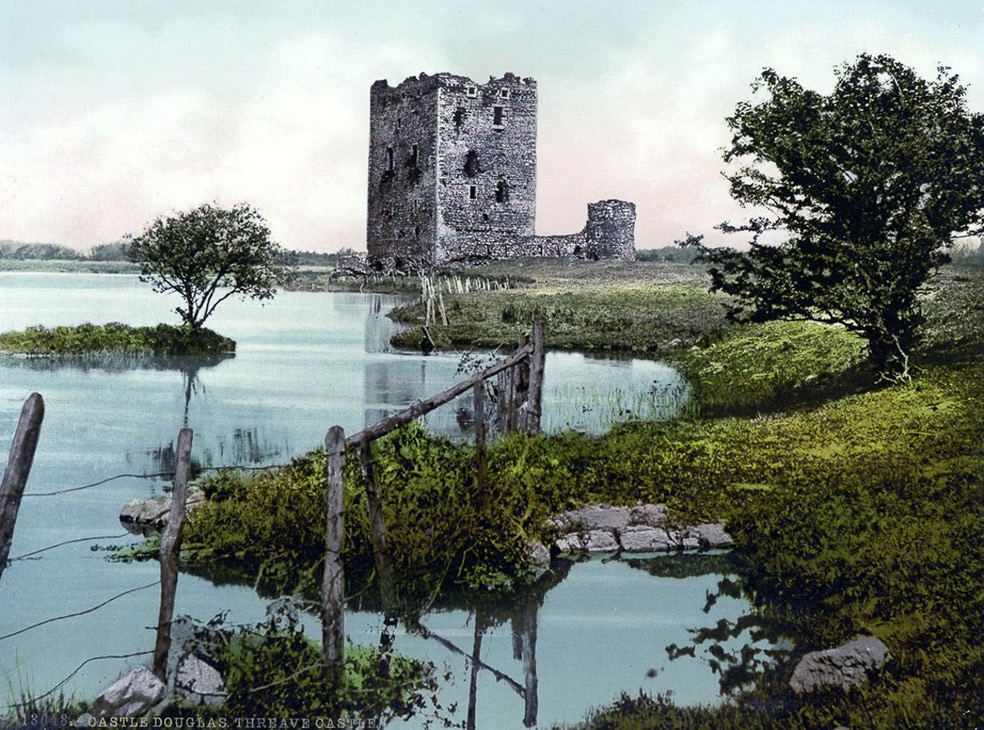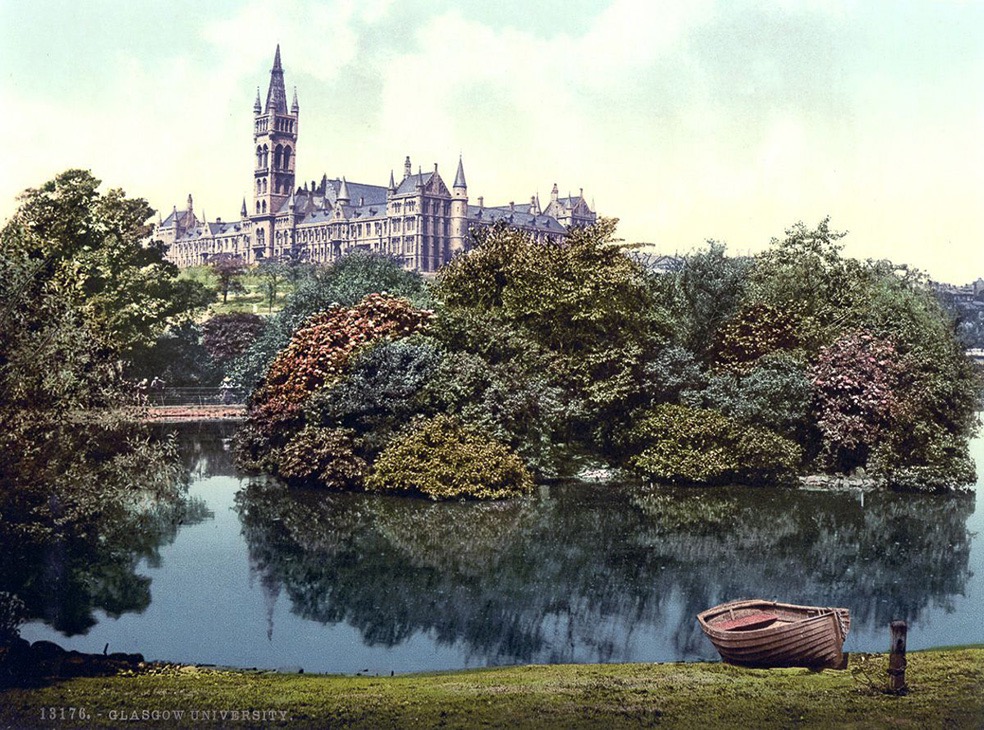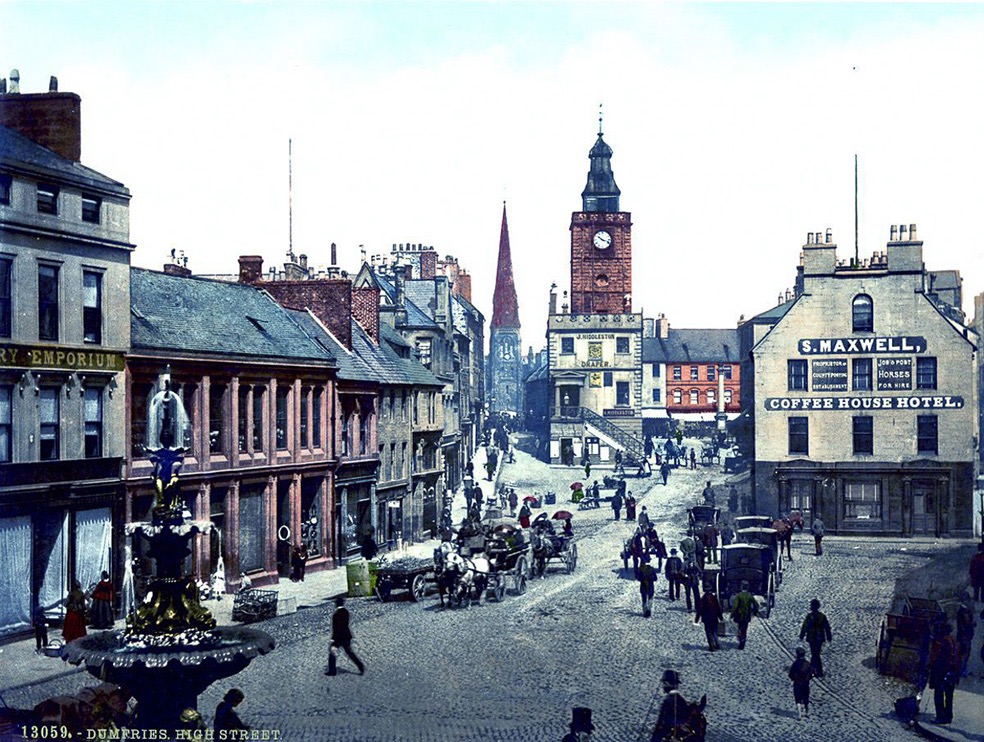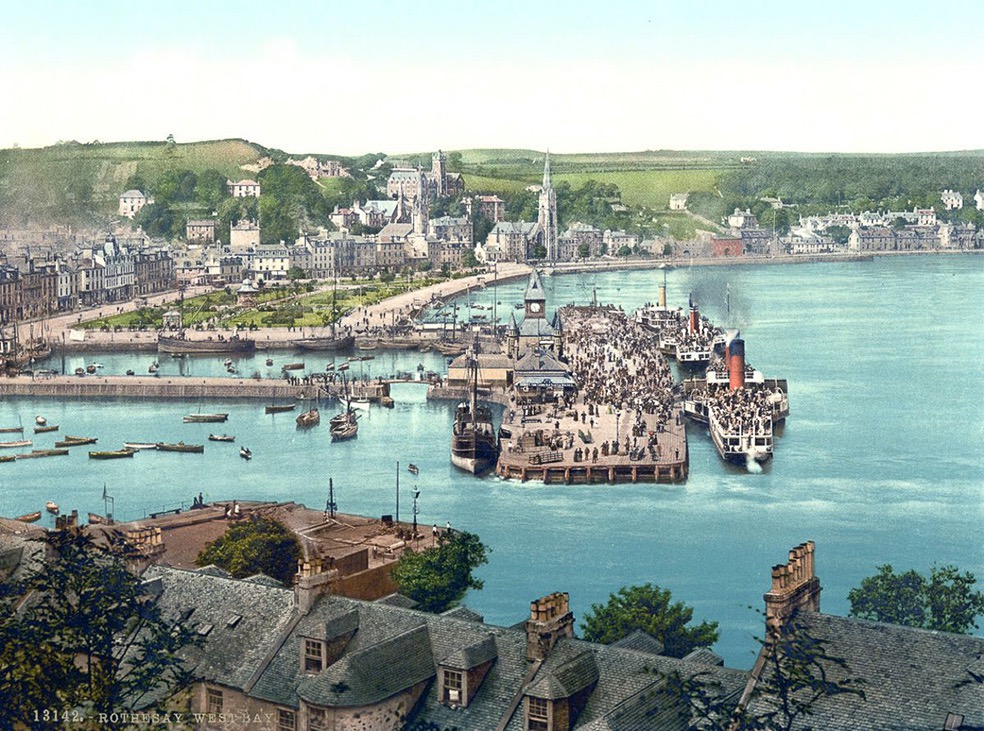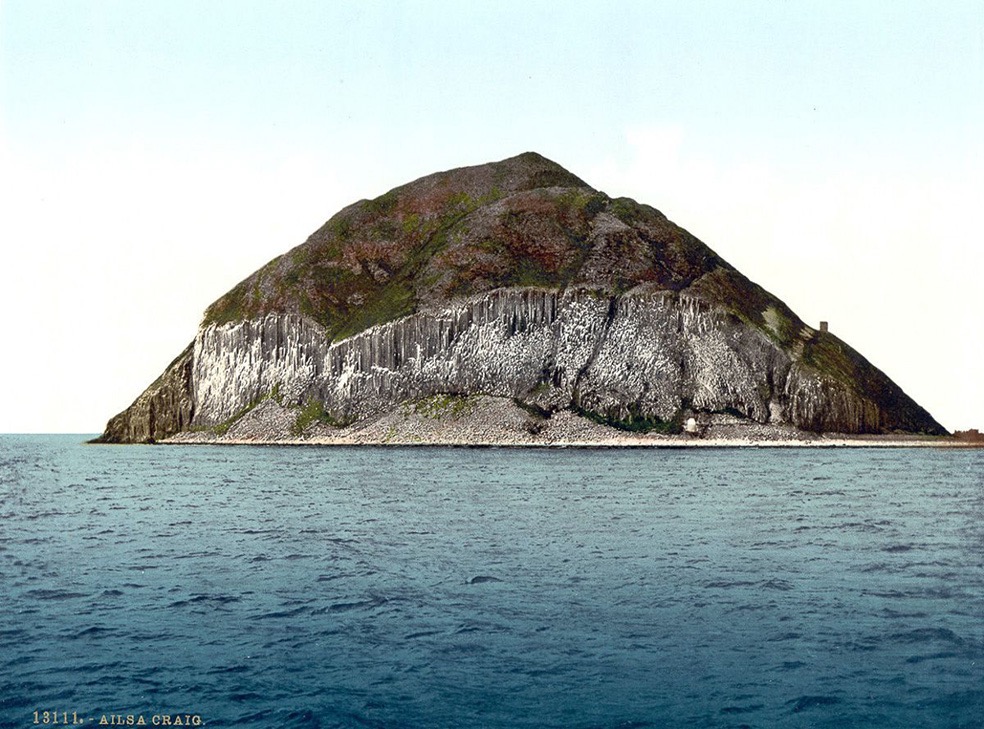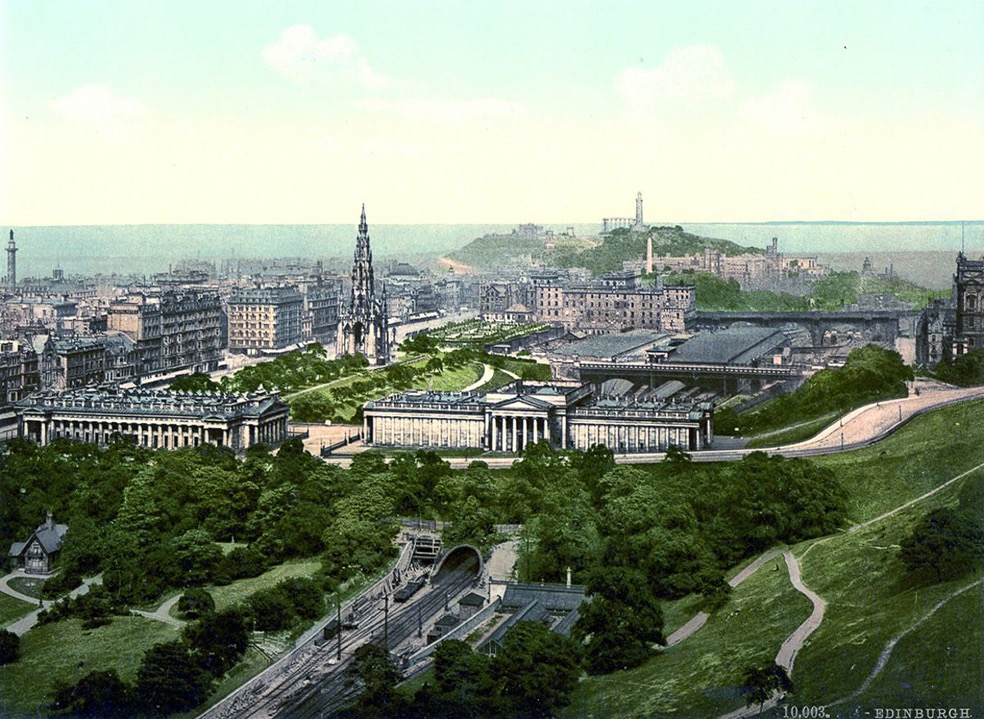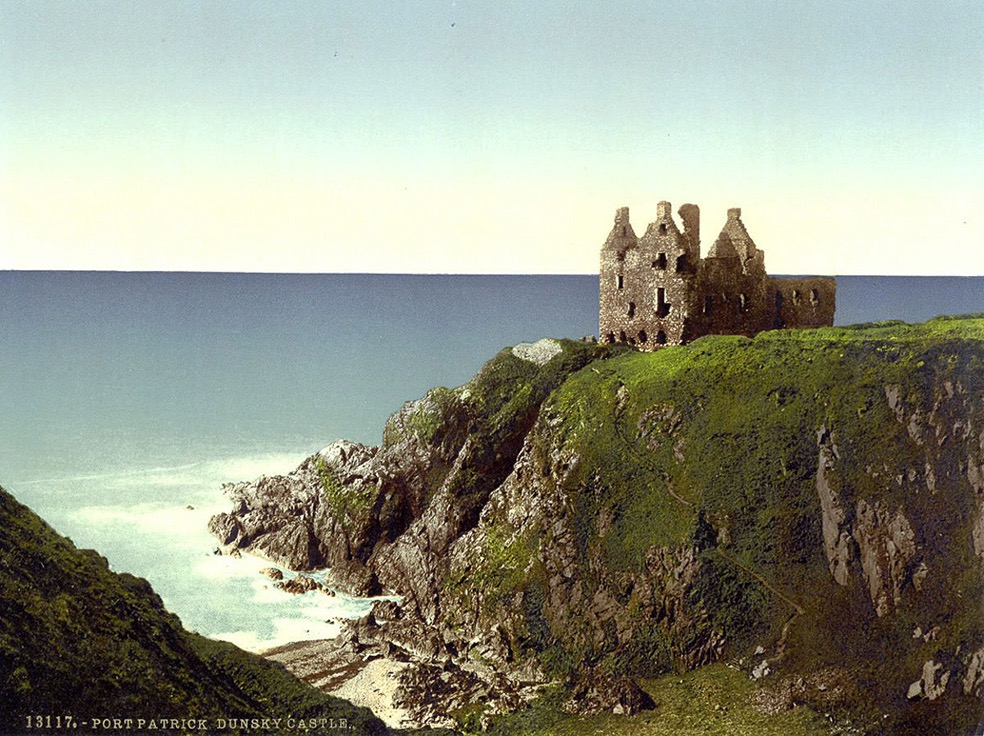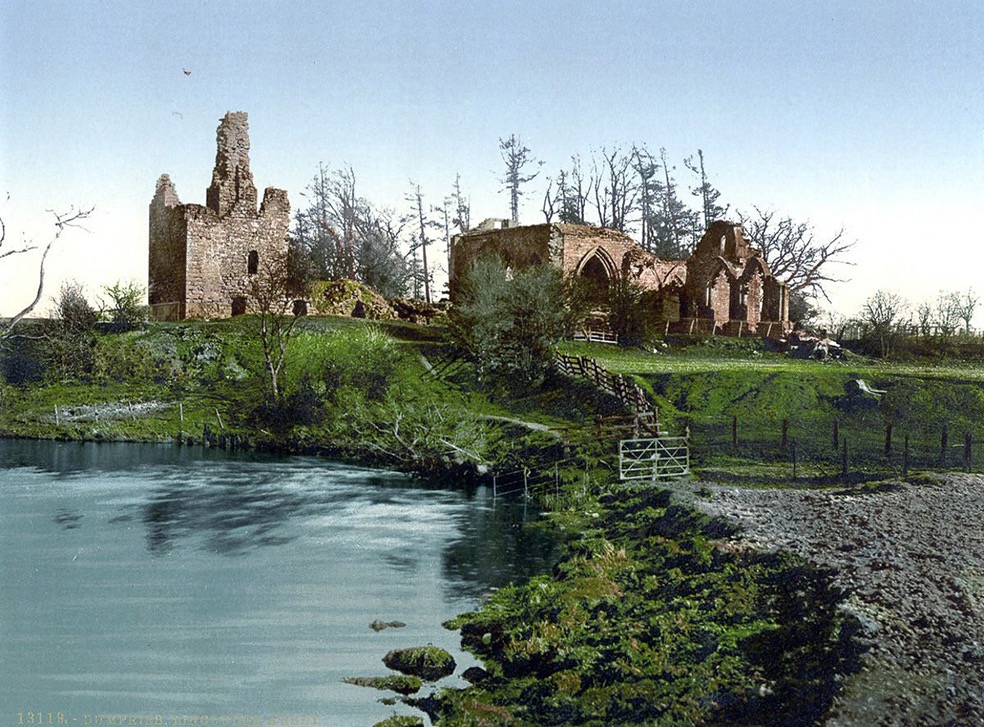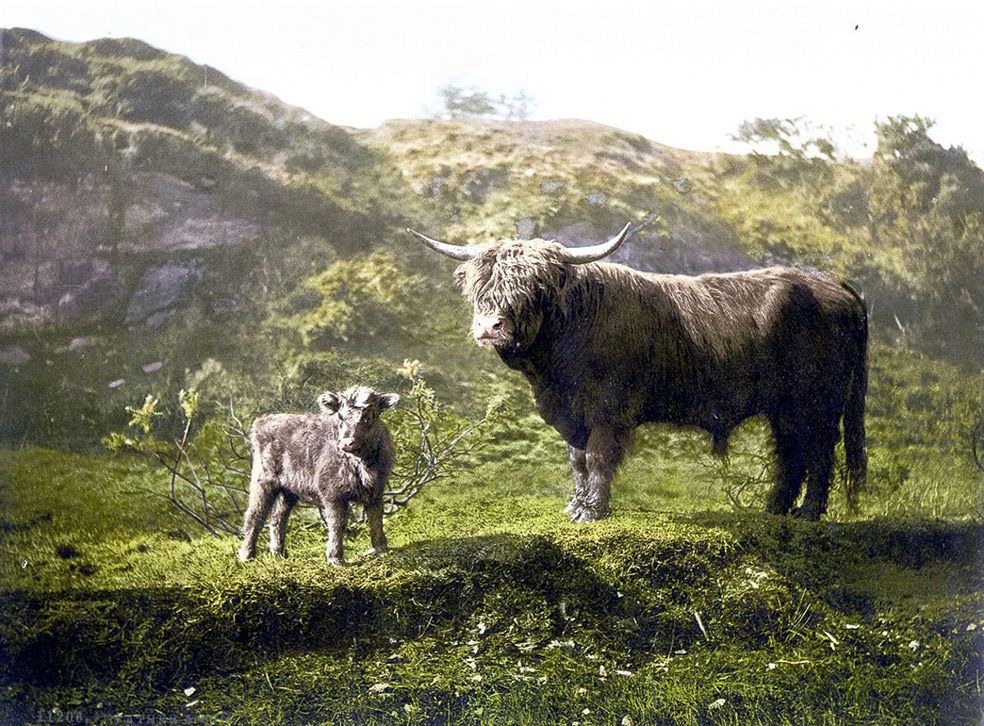The Kingdom of Scotland emerged as an independent sovereign state in the Early Middle Ages and continued to exist until 1707. By inheritance in 1603, James VI, King of Scots, became King of England and King of Ireland, thus forming a personal union of the three kingdoms. Scotland subsequently entered into a political union with the Kingdom of England on 1 May 1707 to create the new Kingdom of Great Britain. The union also created a new Parliament of Great Britain, which succeeded both the Parliament of Scotland and the Parliament of England. In 1801, Great Britain itself entered into a political union with the Kingdom of Ireland to create the United Kingdom of Great Britain and Ireland.
Within Scotland, the monarchy of the United Kingdom has continued to use a variety of styles, titles and other royal symbols of statehood specific to the pre-union Kingdom of Scotland. The legal system within Scotland has also remained separate from those of England and Wales and Northern Ireland; Scotland constitutes a distinct jurisdiction in both public and private law. The continued existence of legal, educational, religious and other institutions distinct from those in the remainder of the UK have all contributed to the continuation of Scottish culture and national identity since the 1707 union with England.

Scotland was already one of the most urbanised societies in Europe by 1800. The industrial belt ran across the country from southwest to northeast; by 1900 the four industrialised counties of Lanarkshire, Renfrewshire, Dunbartonshire, and Ayrshire contained 44 per cent of the population. Glasgow and the River Clyde became a major shipbuilding centre. Glasgow became one of the largest cities in the world, and known as “the Second City of the Empire” after London. Shipbuilding on Clydeside (the river Clyde through Glasgow and other points) began when the first small yards were opened in 1712 at the Scott family’s shipyard at Greenock. After 1860 the Clydeside shipyards specialised in steamships made of iron (after 1870, made of steel), which rapidly replaced the wooden sailing vessels of both the merchant fleets and the battle fleets of the world. It became the world’s pre-eminent shipbuilding centre. Clydebuilt became an industry benchmark of quality, and the river’s shipyards were given contracts for warships, as well as prestigious liners. It reached its peak in the years 1900–18, with an output of 370 ships completed in 1913, and even more during the First World War.
The industrial developments, while they brought work and wealth, were so rapid that housing, town-planning, and provision for public health did not keep pace with them, and for a time living conditions in some of the towns and cities were notoriously bad, with overcrowding, high infant mortality, and growing rates of tuberculosis. The companies attracted rural workers, as well as immigrants from Catholic Ireland, by inexpensive company housing that was a dramatic move upward from the inner-city slums. This paternalistic policy led many owners to support government sponsored housing programs as well as self-help projects among the respectable working class.

